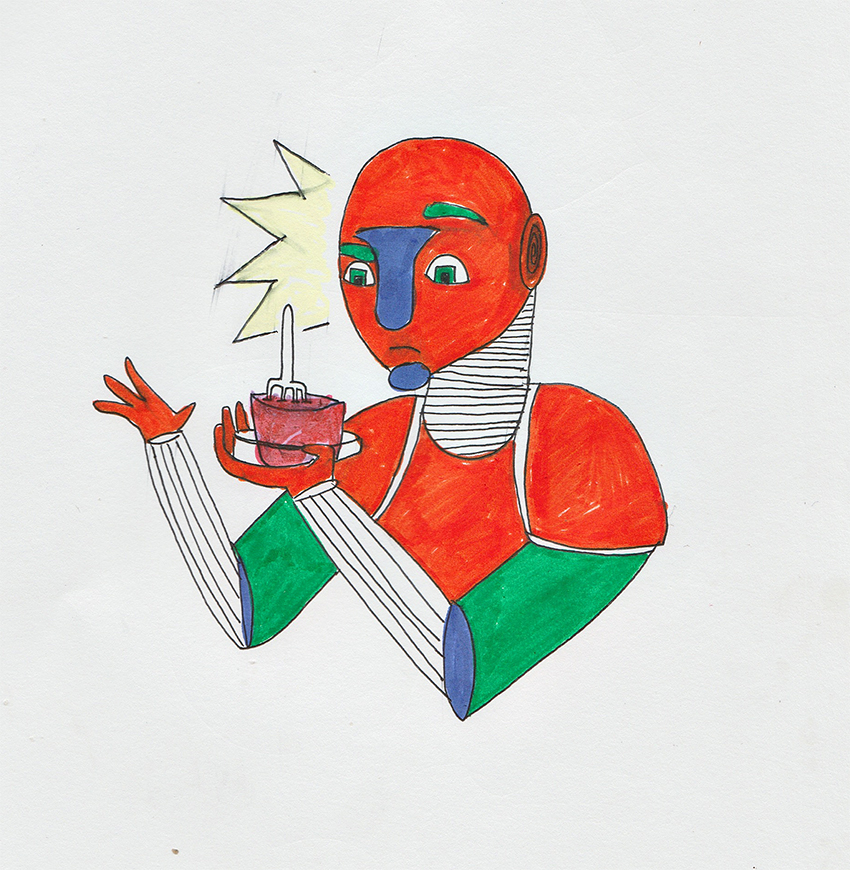May, meat and my melancholic mainframe — what do those words have in common? MMM, because DT-3000 smells something delicious from the World of Tomorrow. Welcome back, my fellow humans, as today we dive into the culinary arts that the scientists of the future bring us: lab meat. Yum yum, beep boop.
Psychologist Matti Wilks and veterinary scientist Clive Phillips from the University of Queensla nd in Australia conducted a survey of the U.S. public and found that about two-thirds of Americans would be willing to try lab-grown meat, and a third said they would eat it regularly.
I can only simulate the taste of food through my neural flux processor 3000, as I have no mouth and my hunger is not for food but the fleeting feelings of humanity.
“The most interesting finding to me is the idea of in-vitro meat being perceived as unnatural,” Wilks said. “While yes, the idea of the meat being grown in a lab is a little new wave, I think the conditions under which factory-farmed animals are kept is something that most people would consider unnatural, too.”
Wilks’ and Phillips’ research also showed that people who had never eaten dog, cat or horse meat said they’d want to try the lab-grown dog, cat, or horse meat. Wilks said he thinks that this may be due to the Western idea that some animals shouldn’t be eaten because they are companions.
“I think for many people, once they are just vat-grown slabs of tissue, that ethical concern goes away,” Wilks said. “And people are curious to taste cat burgers and literal hot dogs.”
In the U.S., The Good Food Institute grows lab meat as a “clean meat” alternative to factory farming. Clean meat consists of pig, chicken or cow cells in petri dishes with a mixture of nutrients that helps those cells grow into muscle tissue, fat cells and more.
“Meat produced this way is cleaner from a basic sanitation standpoint”, said Bruce Friedrich, executive director of the institute. “It comes without the E.coli, salmonella, campylobacter and fecal matter that comes standard in meat produced on factory farms.”
Friedrich said that at a larger scale it creates an alternative to the sometimes immoral conditions in factory farms and factory slaughterhouses. He added that since the clean meat is 100 percent meat, it still has the same nutritional content.
“Having tasted it myself, I can say it’s spot-on. I look forward to being able to eat chicken nuggets that I know aren’t destroying the planet or hurting animals,” Friedrich said.
I am ready for some fried lab meat, maybe with some ranch to make it feel more at home. The Good Food Institute also creates plant-based alternatives for meat.
A Daily Texan online poll of 50 UT students showed that almost half are interested in trying meat grown in a lab. Maybe, with Don’s leaving, I could start my own lab meat food truck joint, Meat.exe, I hope we don’t find any bugs.
That ends our sizzling journey through the world of tomorrow, and I hope you are hungry for more. Next time, I become human.















